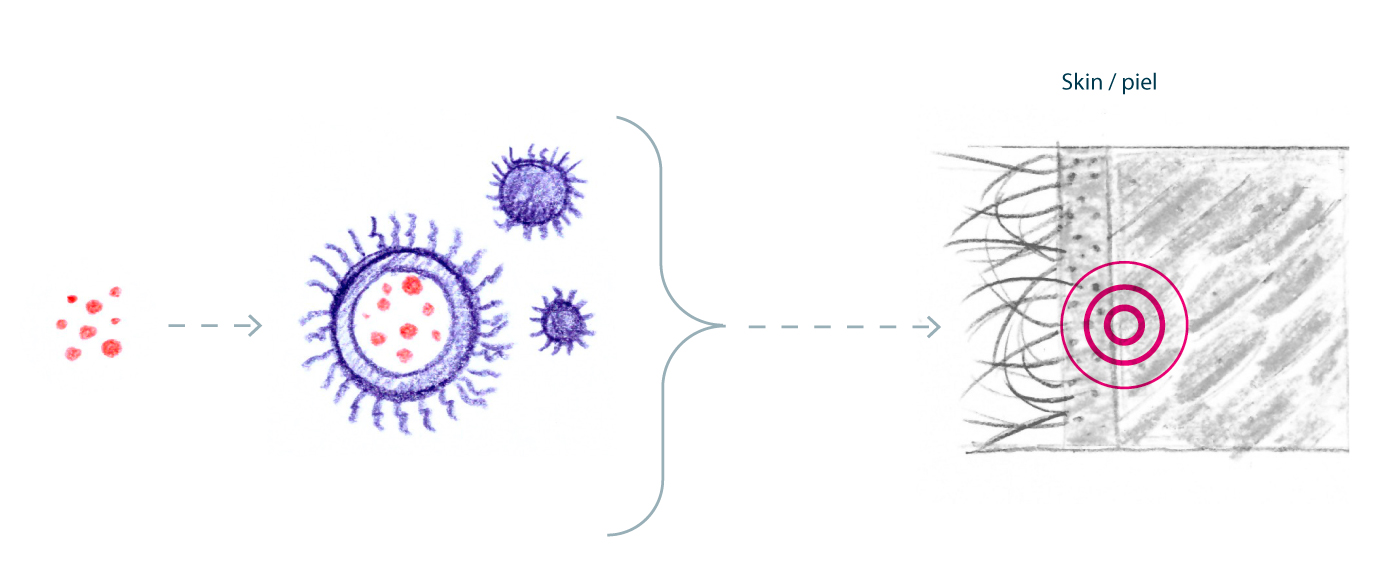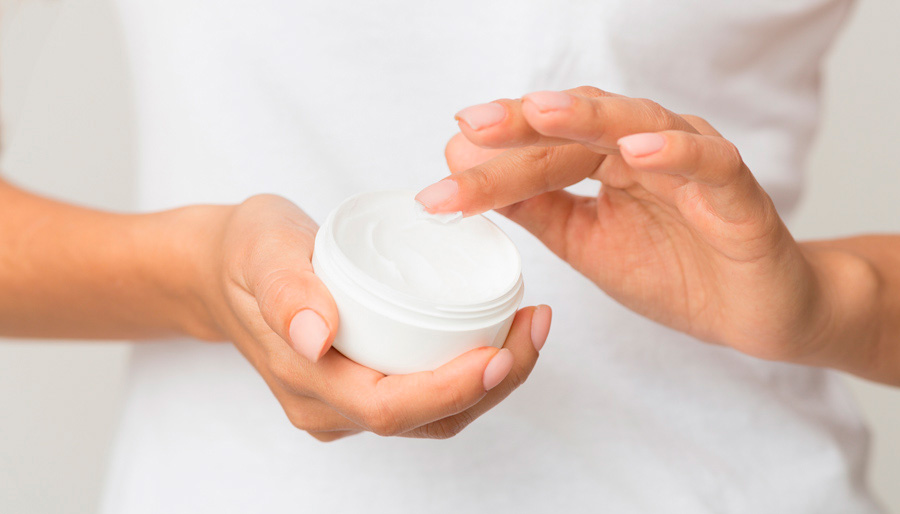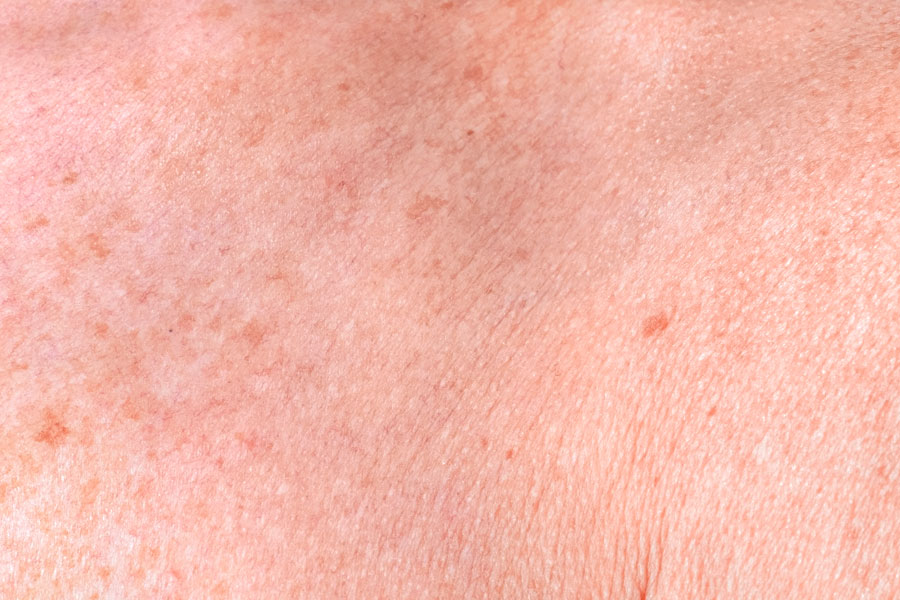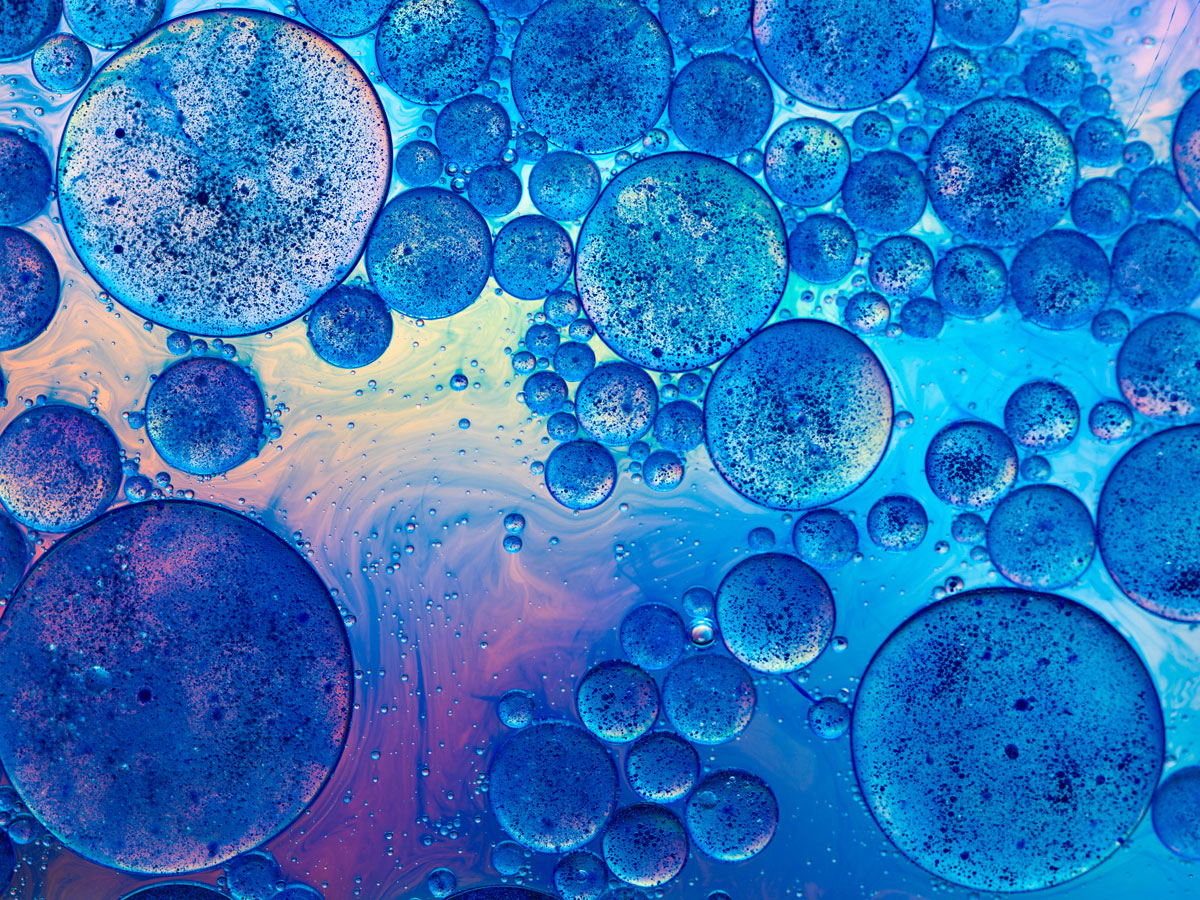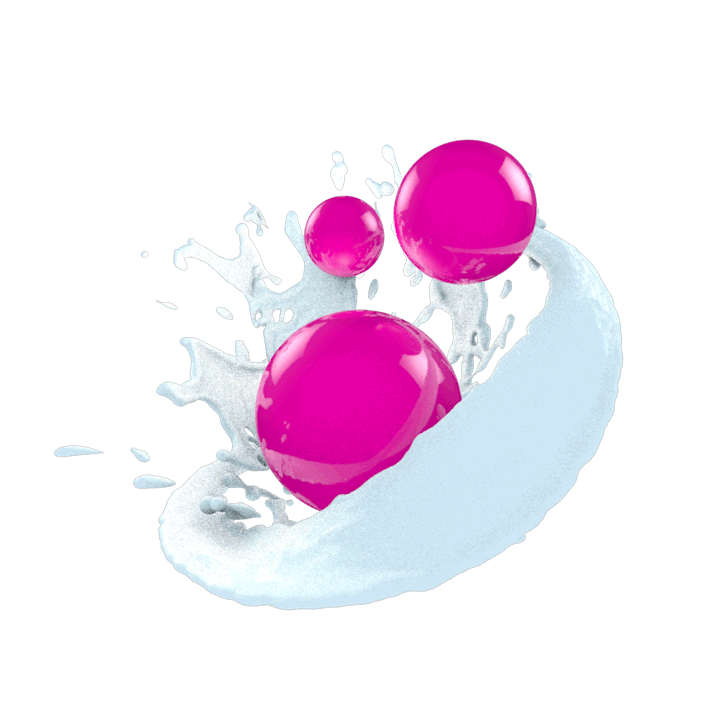
Encapsulation systems for skin applications
Based on knowledge of the skin’s biological processes, CIDETEC Nanomedicine designs encapsulation systems that transport active ingredients through the skin for safe and effective cosmetics.
The solutions provided by the research centre respond to the market’s needs, as they protect the most sensitive active ingredients, are environmentally friendly and improve the efficacy of the ingredients.
 Polypeptide-based nanoemulsions responsive to skin stimuli
Polypeptide-based nanoemulsions responsive to skin stimuli